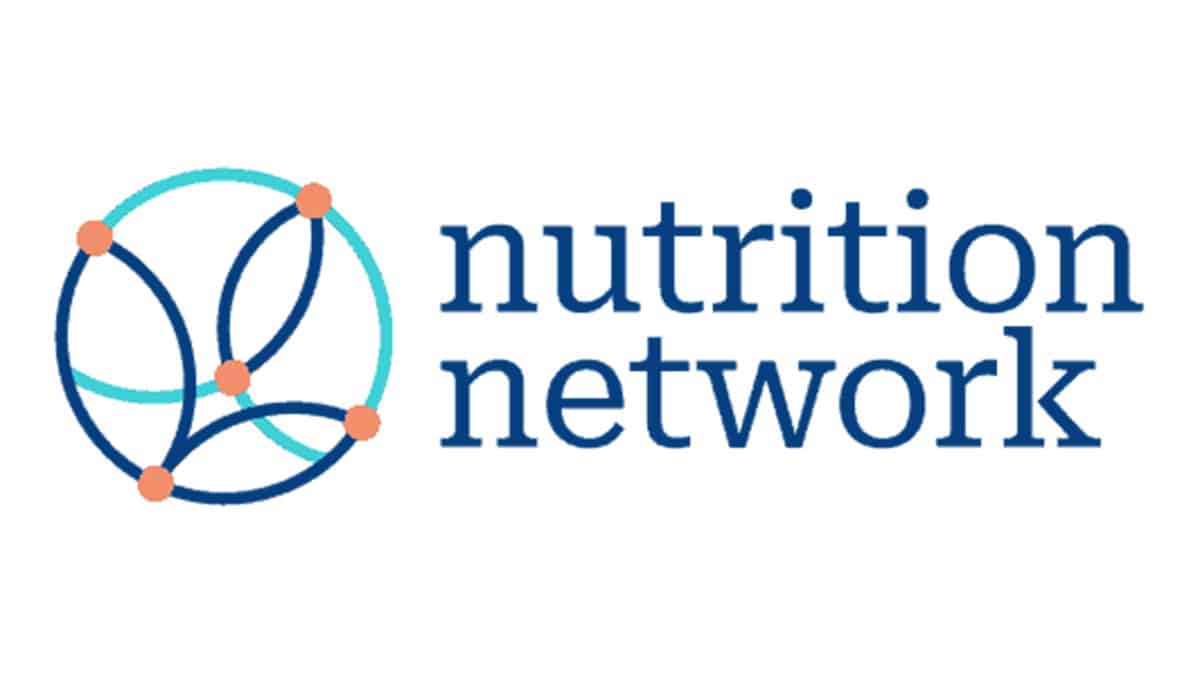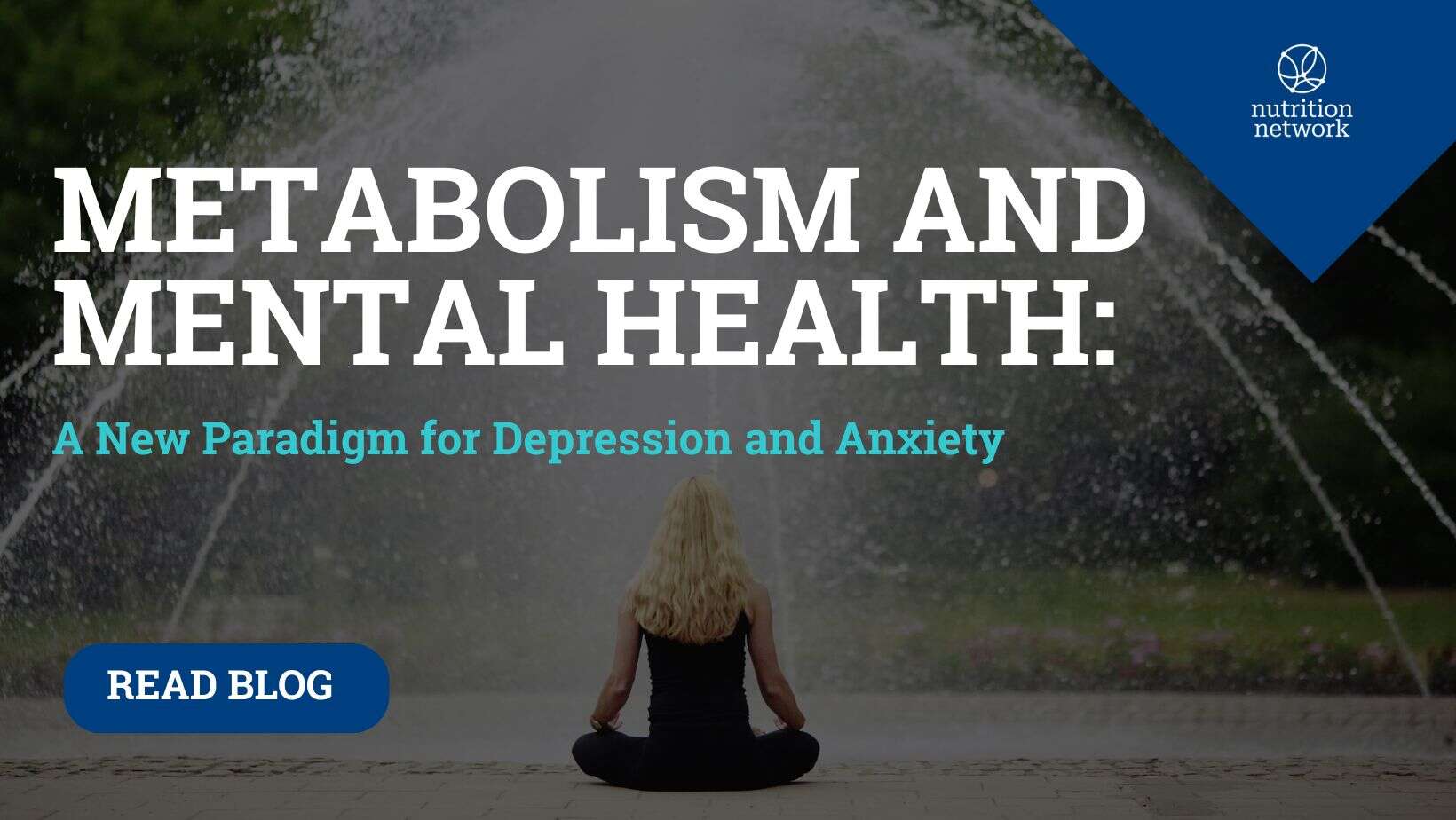Reviewed by: Tamzyn Murphy, RD, MSc
“You don’t need sugar. You need freedom.” — Dr. Vera Tarman
On International Day Against Drug Abuse, Nutrition Network hosted a powerful live discussion between our Head of Content, Tamzyn Murphy, and renowned addiction physician Dr. Vera Tarman. The topic? Ultra-processed food addiction: a silent epidemic hiding in plain sight.
While many think of addiction as synonymous with alcohol or drugs, Dr. Tarman made it abundantly clear: addiction is a brain-based, behavior-driven disorder that doesn’t discriminate between substances. Ultra-processed food, especially sugar, has become one of the most overlooked yet biologically potent addictive agents of our time.
Why Ultra-processed Food Addiction Deserves a Seat at the Table
“I consistently see people transfer their addiction from alcohol or cocaine to sugar when they come into treatment,” said Dr. Tarman. “It’s almost inevitable.”
This form of addiction, though common, often goes unrecognized because it’s socially accepted. Food is everywhere, and sugary treats are often used to soothe, celebrate, or cope. But as Dr. Tarman emphasized, eating addictively isn’t the same as being addicted to ultra-processed food.
The critical difference lies in compulsion: eating despite negative consequences. Like smoking with an oxygen tank, some individuals continue eating ultra-processed food even after heart attacks, diabetes diagnoses, or amputations. This is not lack of willpower—this is addiction.
Is It Ultra-processed Food Addiction or Just Disordered Eating?
One of the most insightful parts of the discussion was Dr. Tarman’s clear distinction between disordered eating and ultra-processed food addiction.
- Disordered eating often arises from emotional distress or trauma, using food for comfort.
- Ultra-processed food addiction, however, is not necessarily emotional. “You can be perfectly fine, eat a specific food like a cookie, and suddenly be triggered into an unstoppable cycle of craving and overconsumption.”
The two conditions can overlap (think bulimia and food addiction), but they are not the same. And understanding that distinction is vital for clinicians and individuals alike.
Understanding the Drivers: Hormones and Hedonics
Dr. Tarman explains that two systems drive eating behavior:
- Homeostatic (Hormonal): Driven by hunger and fullness hormones like ghrelin and leptin. This system works beautifully when we eat real, whole foods.
- Hedonic (Reward-based): Driven by neurotransmitters like dopamine and endorphins. Ultra-processed foods hijack this system, overwhelming it with dopamine surges, leading to compulsive eating.
“You don’t get dopamine surges from drinking water or eating steak. You do from eating a donut,” she noted. And that, biologically, changes everything.
The 5 Stages of Food Addiction
In a model inspired by her 2023 publication, Dr. Tarman outlined the five progressive stages of ultra-processed food addiction:
- Stage 1: Abstinent or At-Risk
- Minimal exposure, no loss of control.
- Stage 2: Recreational Use
- Occasional overindulgence, still able to moderate.
- Stage 3: Harmful Use
- Growing tolerance, guilt, shame, denial, and some impairment.
- Stage 4: Addiction
- Use continues despite serious consequences. Abstinence becomes necessary.
- Stage 5: Late-Stage Addiction
- No longer eating for pleasure, but to avoid withdrawal. Food loses joy. Suffering escalates.
“By Stage 5, you’re stuck between a rock and a hard place,” Dr. Tarman said. “Eating doesn’t bring pleasure anymore, but not eating brings intolerable withdrawal.”
The Solution: Individualized, Stage-Appropriate Treatment
Dr. Tarman emphasized that treatment must match the stage.
- Early stages? Moderate restriction might work.
- Later stages? Complete abstinence is essential. No “just a little bit” thinking.
“We would never tell an alcoholic to drink in moderation. Why do we tell food addicts to do that with sugar?”
Why Support is Non-Negotiable
Abstinence isn’t just about cutting out foods, it’s about community and recovery tools. Dr. Tarman recommends peer support (like OA, FA, or Low Carb Anonymous), as well as cognitive tools like relapse prevention, trigger management, and structured food plans.
“Once you’ve rewired your brain to depend on sugar, you need help rewiring it back.”
A Message of Hope
“The good news is, once you remove the toxic food, your body heals,” said Dr. Tarman. “Your weight normalizes, your mood stabilizes, the food noise disappears, and your cravings fade. You reclaim your life.”
Even better? The worst of withdrawal symptoms usually pass in just 10 to 14 days.
Want to Certify in Ultra-processed Food Addiction Treatment?
As this field grows, so does the need for trained professionals. Nutrition Network, in partnership with Bitten Jonsson, now offers a 3-step certification pathway to become a SUGAR® Specialist:
- Addictive Eating Training (Start Anytime)
- Professional Training in Sugar & Carbohydrate Addiction (Now Live)
- SUGAR® Certification (Launching End of 2025)
Get the Full Bundle Now – SUGAR® is the only diagnostic tool specifically designed for identifying food addiction. Only certified SUGAR® practitioners are licensed to use it.
👉 Enroll now or learn more by emailing support@nutrition-network.org
Final Word
Ultra-processed food addiction is real, it’s biologically driven, and it can be treated. Dr. Vera Tarman’s clinical wisdom and compassionate perspective give us a roadmap out of the fog. Whether you’re a clinician, coach, or someone in recovery, the key message is this:
There is a path forward. And you don’t have to walk it alone.










